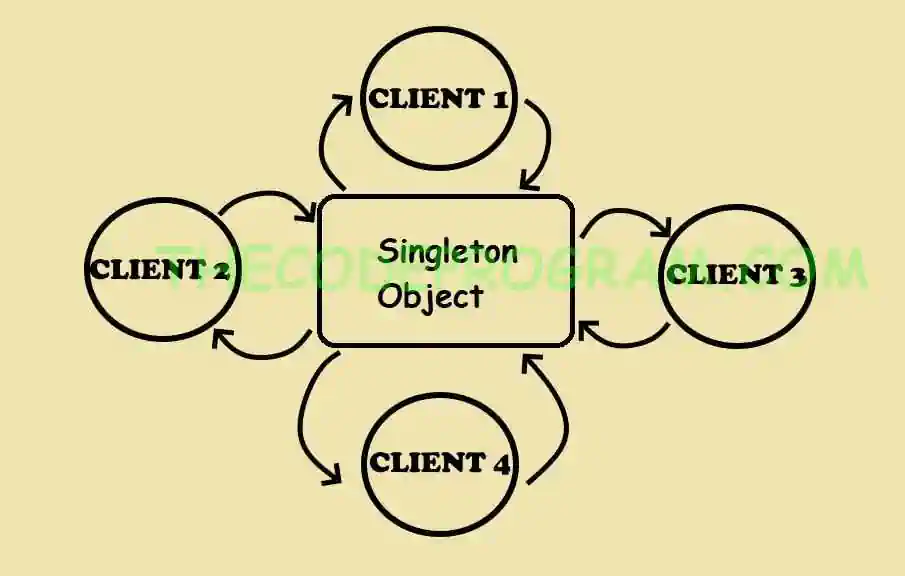
Explanation of Singleton Design Pattern in C++
Hello everyone, in this article we are going to talk about Singleton Design Pattern within Creational Design Patterns. We are going to talk on what it is and then we will make an example in QT C++Let's get started.
Firstly, What is Singleton Design Pattern
Singleton Design Pattern provides one global object for all classes. We create a class and its own instance. Singleton class will manage its own instance. Also it provides a global access point. All classes reach this singleton classes via this access point.
#include <QCoreApplication>
#include <iostream>
#include <QString>
using namespace std;
//We create a class with public property
class Configurations{
public :
int volume;
bool notification;
};
Now below we are going to create a Singleton class. Then we are going to create a public instance. We are going to access this singleton class through this instance from all around the program.
//Now create the singleton class
class Singleton {
static Singleton *instance;
Configurations *config;
// initialize the related configuration class at constructor
Singleton() {
config = new Configurations();
}
//First initialize the instance. All classes will access via this instance
public:
static Singleton *getInstance() {
if (!instance) instance = new Singleton;
return instance;
}
//Getters and setters of related functions of realted configurations
void setVolume(int vol) { this->config->volume = vol; }
int getVolume() { return this->config->volume; }
void setNotification(bool notify) { this->config->notification = notify; }
bool getNotification() { return this->config->notification; }
};
And then we are going to use getters and setters in singleton class to manage the configurations.
Singleton *Singleton::instance = 0;
int main(int argc, char *argv[])
{
QCoreApplication a(argc, argv);
system("title Singleton Design Pattern Example - Thecodeprogram");
cout << "Welcome Singleton Design Pattern Example in QT C++" << endl << endl;
Singleton *s = s->getInstance();
s->setVolume(50);
cout << "Volume level is : " << s->getVolume() << endl;
s->setNotification(true);
cout << "Notification sending config is : " << s->getNotification() << endl;
return a.exec();
}
You can reach the example code on Github : https://github.com/thecodeprogram/TheSingleFiles/blob/master/QSingletonPattern_Example.cpp
That is all in this article.
Burak Hamdi TUFAN






Comments